Share This Article
Karlskrona is a Swedish seaport listed as a UNESCO World Heritage Site. It’s no surprise that the Maritime Museum in Karlskrona is one of the first places you should visit! Here, you’ll discover the history of the Swedish Navy, as well as merchant shipping from different eras. You’ll also learn a lot about the construction of the port itself, along with historical warships, submarines, and modern vessels. An extraordinary collection of figureheads-sculptures once mounted on ship prows—also awaits you.
Location and How to Get There
The Maritime Museum in Karlskrona is located in southern Sweden, on the island of Stumholmen. The island is connected to the mainland by a bridge, so getting there is easy. It’s about 700 meters on foot from the city’s main square (Stortorget). Please note that car traffic is prohibited on the island; the nearest paid parking area is Sparregården.
If you arrive in Karlskrona by bus or train, head from the station along the waterfront via Östra Hamngatan. The walk will take you about 20 minutes.
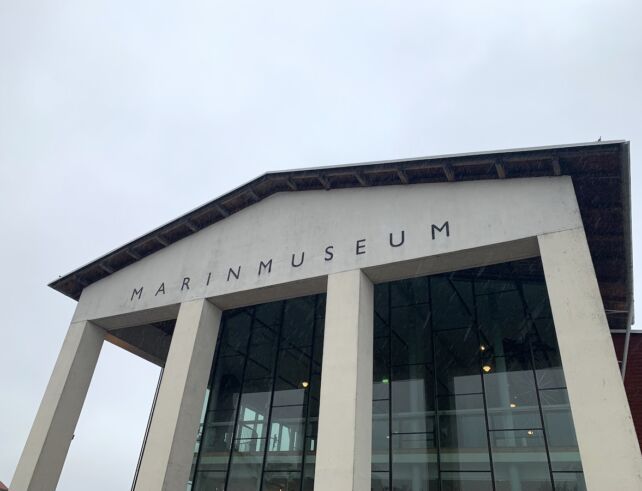
Tickets and Opening Hours
The Maritime Museum in Karlskrona is open daily during the summer season (June–August) from 10:00 a.m. to 5:00 p.m., and in the off-season (September–May) from Tuesday to Sunday, 10:00 a.m. to 4:00 p.m., except on Wednesdays, when it stays open until 7:00 p.m. An interesting feature is that ticket prices vary depending on the season. In summer, admission costs 150 SEK for adults (children and youth under 18 enter for free), while in the off-season tickets cost 100 SEK.
The Maritime Museum in Karlskrona and Its Exhibitions
For many, the Maritime Museum is Karlskrona’s most fascinating attraction—and I tend to agree. Before describing my impressions of the exhibits, it’s worth mentioning that the museum also houses a gift shop with maritime-inspired souvenirs and products, as well as a restaurant where you can enjoy a tasty buffet-style lunch. Photography is allowed inside the museum, but without flash, and pets, food, and drinks are not permitted.
The museum’s collection is essentially divided into two main parts, and right after the ticket desk you’re faced with a choice of where to begin. One set of doors leads to the submarine section, while the other takes you into the main exhibitions, which I’ll focus on here. The entire museum collection numbers over 55,000 objects, although only a portion is displayed.
One of the highlights is the wreck tunnel. A special staircase leads you below the water’s surface, where you can learn more about shipwrecks, the methods of locating them, and preservation techniques. On clear days, you can even catch glimpses of the underwater world of the harbor through the viewing windows.
Exploring further, you’ll discover the history of Karlskrona from its very founding and its close ties to the sea, as well as 500 years of Swedish naval history. The exhibition is rich with ship models and artifacts recovered from vessels. A dedicated section illustrates everyday life at sea, covering topics such as hygiene on board, illnesses, and the routines of the crew.
Another part of the exhibition focuses on naval weaponry across the ages. If this is your area of interest, you won’t be disappointed—on display are weapons ranging from blades to firearms, spanning different eras. You’ll also find a variety of interactive stations, as well as a small cinema screening a film about the history of the Swedish Navy.
Detailed information on all the exhibitions prepared by the Maritime Museum in Karlskrona can be found on the museum’s official website.
In addition to the indoor displays, you can also tour several museum ships moored right outside. These include the sailing ship Fullrigger Jarramas, the missile boat Västervik, the torpedo boat T38, and the minesweeper Bremön. The Maritime Museum in Karlskrona also has a boathouse for cutters and launches, although I unfortunately didn’t get the chance to visit it.
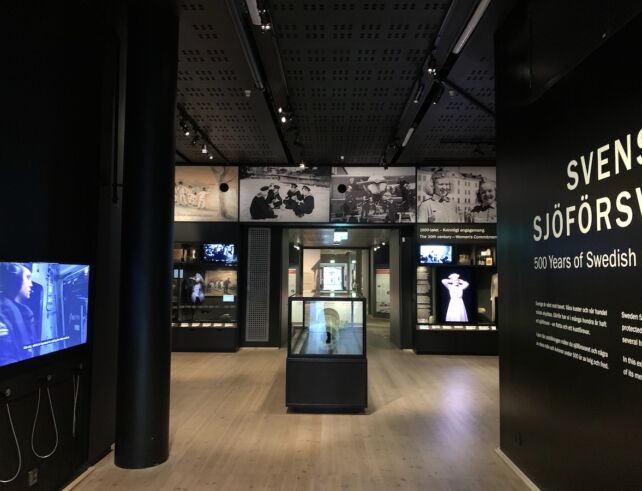
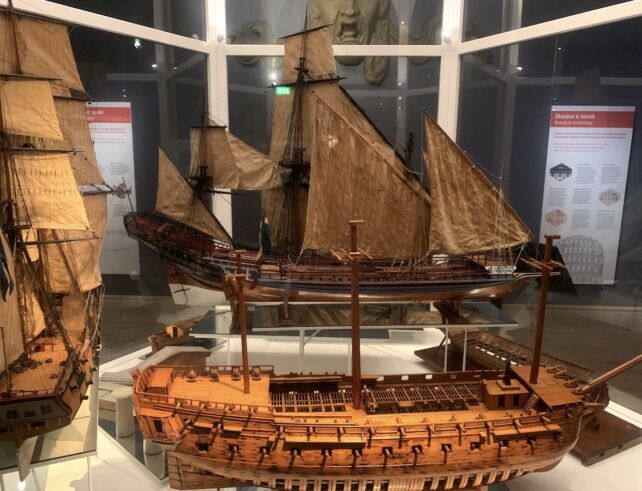
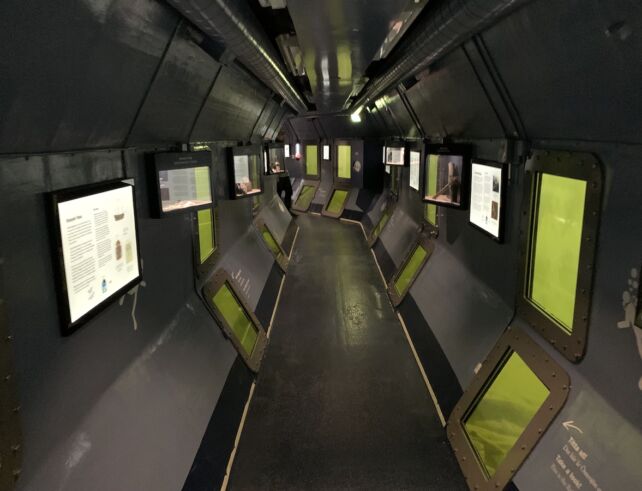
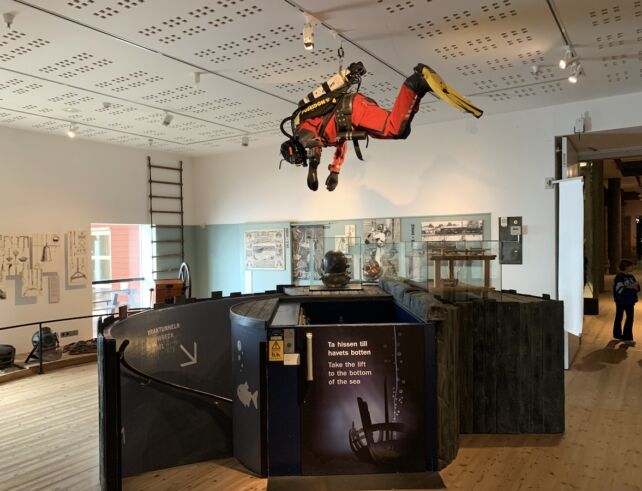



Submarines
A significant part of the Maritime Museum’s exhibition is dedicated to submarines. In a separate pavilion, you’ll find two submarines, one of which you can actually enter. The larger and more modern vessel is HMS Neptun, while the other, Hajen, dates back to 1904. Neptun was an exceptional submarine for its time-measuring over 50 meters in length and weighing more than 1,000 tons. Its equipment was among the most advanced of its era. The vessel was decommissioned in 1998 and, nine years later, became part of the museum’s collection.
Around the submarines you’ll see models of other vessels and panels explaining all aspects of their operation. You’ll learn how submarines submerged, how emergency evacuations were conducted, and you can test some of these facts interactively at special stations.
The highlight is stepping inside HMS Neptun. It’s a fascinating experience that shows just how cramped life was for the crew. You can explore the command room, kitchen, crew quarters, and torpedo section. As you move through the vessel, you’ll notice countless items essential to its operation-along with everyday facilities such as the toilet and shower used by the sailors. And if you’ve ever dreamed of looking through a real periscope, the Maritime Museum in Karlskrona will make that dream come true!

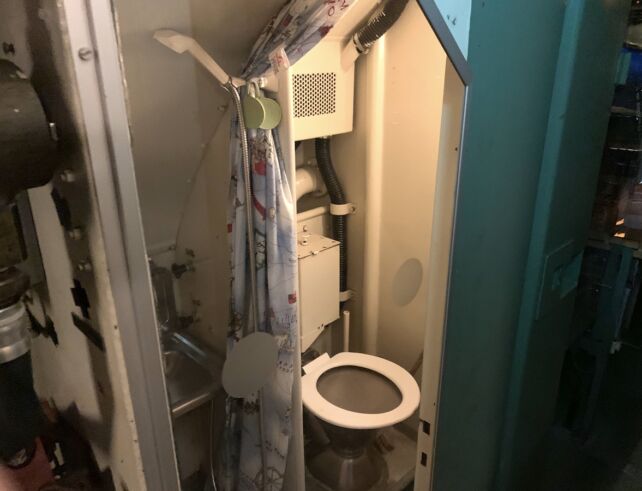
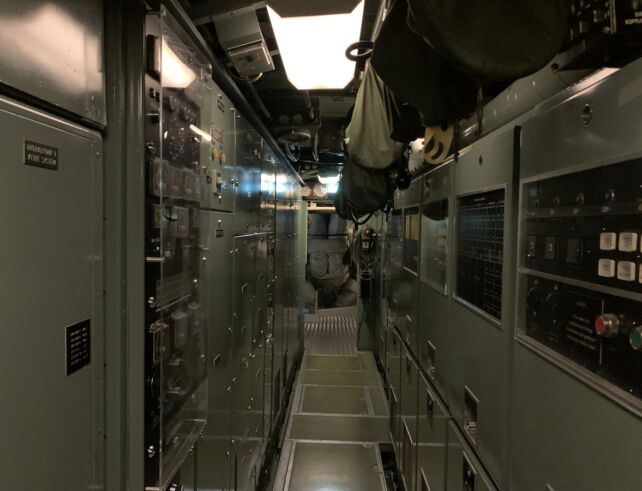

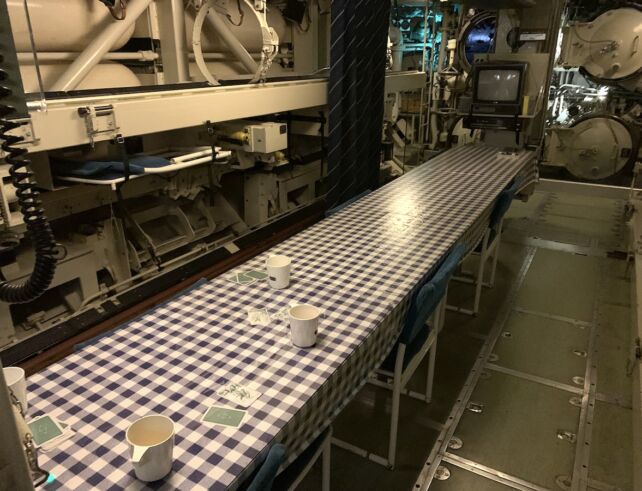

Polish Touch
The Maritime Museum in Karlskrona offers many amenities for Polish visitors, including a mobile app available in Polish. But one particularly interesting feature is a section of the exhibition dedicated to three Polish submarines that docked in Karlskrona at the beginning of World War II. Their crews were stationed there throughout the war. After it ended, some sailors returned to Poland, while others chose to remain in Sweden. The exhibition presents personal memories, interviews with the sailors, and private photographs from that period. It was created in cooperation with the Polish Naval Museum in Gdynia.
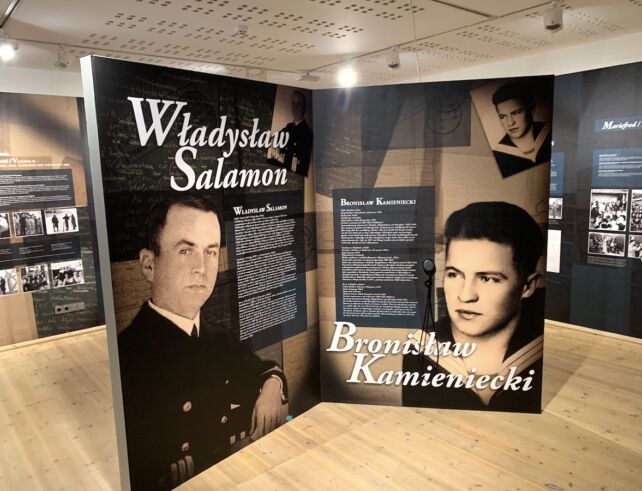
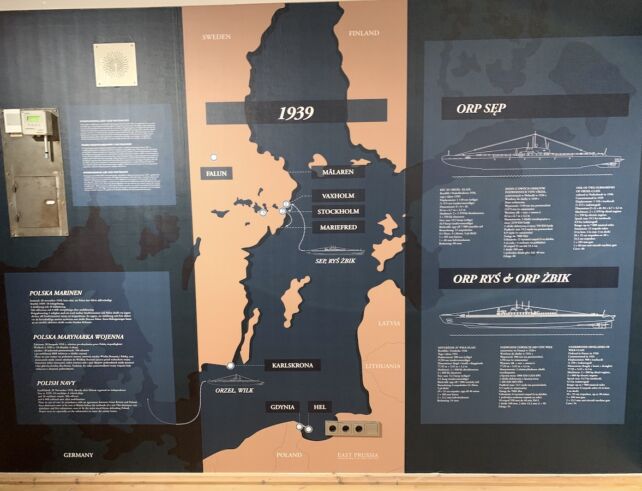
Extraordinary Figureheads
Figureheads are sculptures that were most often placed on the bows of ships. In addition to their decorative role, they were believed to protect sailors from misfortunes. Quite often, a ship would even take its name from the figurehead. Their golden age came at the turn of the 18th and 19th centuries. Naturally, the more elaborate and ornate the figurehead, the higher the status of the ship’s owner. With the end of the age of sailing ships, the era of figureheads also came to a close. Today, they can still be seen on reconstructed and cruise ships, as well as on some sailing vessels that continue to be built worldwide, though on a much smaller scale than centuries ago.
The Maritime Museum in Karlskrona holds a significant collection of figureheads. Some are displayed in a glass pavilion right by the sea, while others are scattered throughout different parts of the exhibitions. Some even say it is the largest collection of figureheads in the world.



The Port of Karlskrona
Karlskrona is a city inseparably connected with the sea. It lies across 33 islands and peninsulas, and if you arrive here by ferry from Poland, you’ll have the chance to observe its port infrastructure as you approach. The remarkably well-preserved naval port was one of the reasons why Karlskrona was inscribed on the UNESCO World Heritage List in 1998. The city is a popular tourist destination, but for many travelers, it also serves as a transfer point for journeys further into Sweden.
The sea in Karlskrona can be seen from many vantage points, and in some places, the number of cars within sight is barely higher than the number of boats and other watercraft. The Maritime Museum itself is located right on the waterfront, and in good weather you can expect unforgettable views — but it’s also worth visiting the Royal Port, which is the main base of the Swedish Navy.
The Maritime Museum in Karlskrona is a place where the sea meets the land, and where history meets the present. A walk through the port facilities is an integral part of the museum visit, and you should definitely include it in your itinerary.
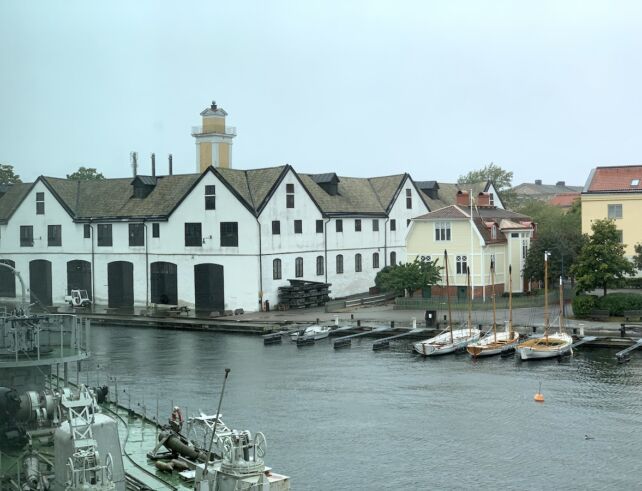
Is it worth visiting the museum?
The Maritime Museum in Karlskrona is an absolute must-see when visiting the city. It’s the perfect place to explore the history of the Swedish Navy — and if you’ve ever dreamed of stepping inside a submarine, here you can do it without going underwater.
The museum is thoughtfully designed and covers a wide variety of themes, all centered around one main subject: the sea. A visit here is an essential part of discovering Karlskrona.





